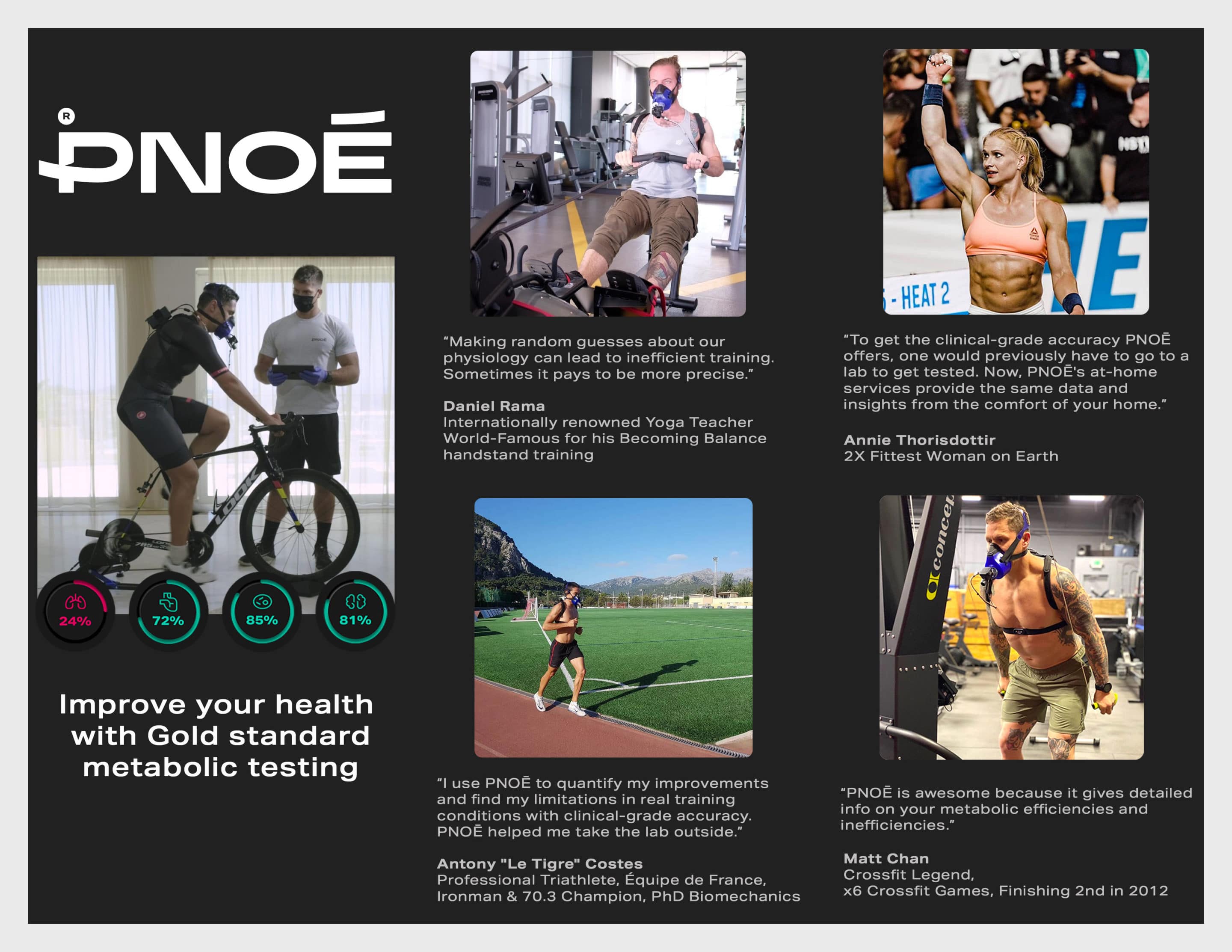How to Know You’re Prepared to Tackle Mount Everest Summit
Standing at the pinnacle of the world on the summit of Mount Everest is a dream for many, but it’s a dream that comes with an immense commitment. Preparing for the Everest summit is a formidable challenge that demands physical endurance, mental fortitude, and a deep appreciation for the mountains. In this blog post, we will explore the key signs that indicate you are ready to tackle the monumental task of reaching the summit of Mount Everest.
1. Physical Fitness and Training
The first and most crucial sign of readiness is your physical fitness. To conquer Mount Everest, you should have an extensive history of high-altitude climbing, preferably with successful ascents of other peaks. Your body should be well-adapted to the extreme conditions, and you should have undergone rigorous training, including strength and endurance exercises, cardiovascular workouts, and altitude-specific training.
Facilities like Altitude Athletic Training in Toronto simulate high-altitude conditions, helping your body adapt to reduced oxygen levels and building the necessary cardiovascular endurance for Everest’s extreme altitudes.
2. Mental Resilience
Mount Everest poses numerous mental challenges, including extreme cold, isolation, and the constant threat of danger. To succeed, you should be mentally resilient, capable of making quick decisions under pressure, and able to stay calm in high-stress situations. The ability to manage fear and anxiety is crucial.

3. Altitude Experience
Experience at high altitudes is a key indicator of readiness. Climbers should have experience ascending 6,000-meter peaks and, preferably, an 8,000-meter peak. This experience not only exposes you to the physical demands of high altitudes but also helps you acclimatize and understand your body’s response to lower oxygen levels.
Spending time in a hypoxic chamber helps your body adjust to lower oxygen levels, replicating the conditions you’ll encounter on Everest. This experience contributes to better altitude tolerance and an understanding of your body’s response.
4. Technical Skills
Mount Everest demands technical climbing skills, including the use of crampons, ice axes, ropes, and navigation equipment. Being proficient in these skills is essential, as Everest’s summit routes involve challenging terrain
5. Adequate Gear and Resources
Successful Everest summiteers come prepared with high-quality gear, experienced Sherpa support, and a reliable expedition operator. Ensure you have the best gear and resources available to increase your chances of a safe and successful ascent.
6. Support Network
Having a strong support network of fellow climbers, guides, and support staff is invaluable. Teamwork and trust among climbers and support personnel are essential for a successful Everest expedition.
7. Mental Preparedness
Before embarking on your Everest expedition, it’s crucial to have a clear understanding of the risks and challenges involved. Mental preparedness involves acknowledging the dangers and understanding the need to turn back if conditions become too perilous. Altitude Athletic Training encourages mental preparedness by exposing you to challenging conditions in a controlled setting.

8. Passion and Dedication
A genuine passion for mountaineering and a deep dedication to reaching the summit of Mount Everest are powerful motivators. Your love for the mountains and the challenge should drive you through the most challenging moments.
Conclusion
Standing on the summit of Mount Everest is a monumental achievement that requires exceptional physical and mental preparation. Recognizing these key signs of readiness is crucial to ensure a safe and successful ascent. Keep in mind that your safety and the safety of your team should always be the top priority. If you possess the experience, physical and mental strength, skills, and resources necessary for the Everest summit, and if your heart yearns for the challenge, you may indeed be ready to embark on the awe-inspiring journey to the top of the world’s tallest peak.
Let’s talk about how hypoxic training can boost your longevity. Schedule a time to meet with one of our expert Altitude coaches.

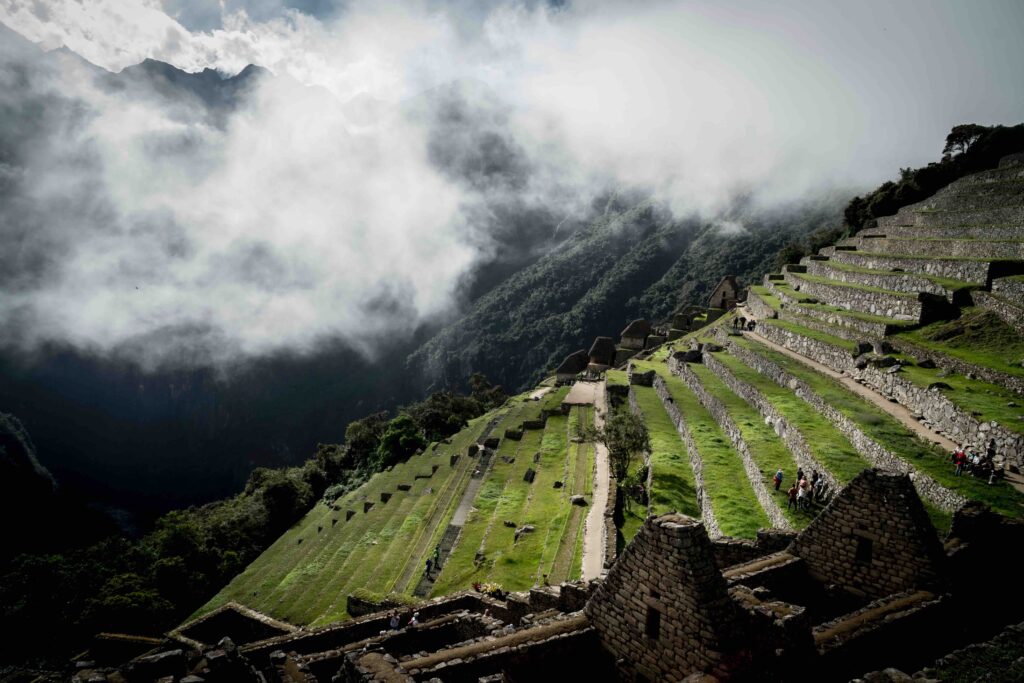
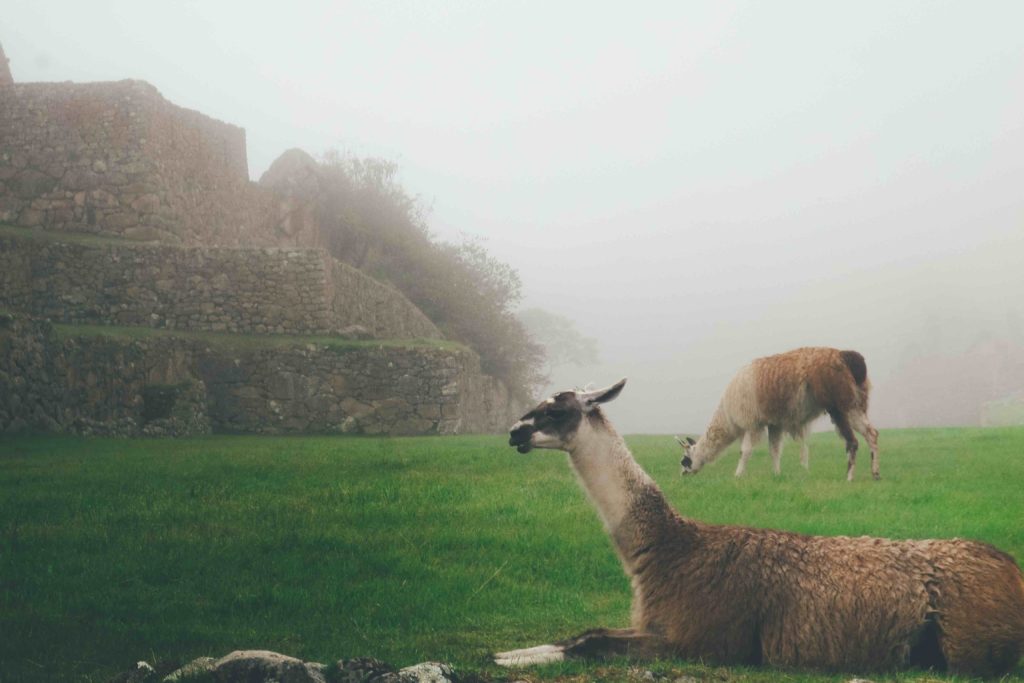
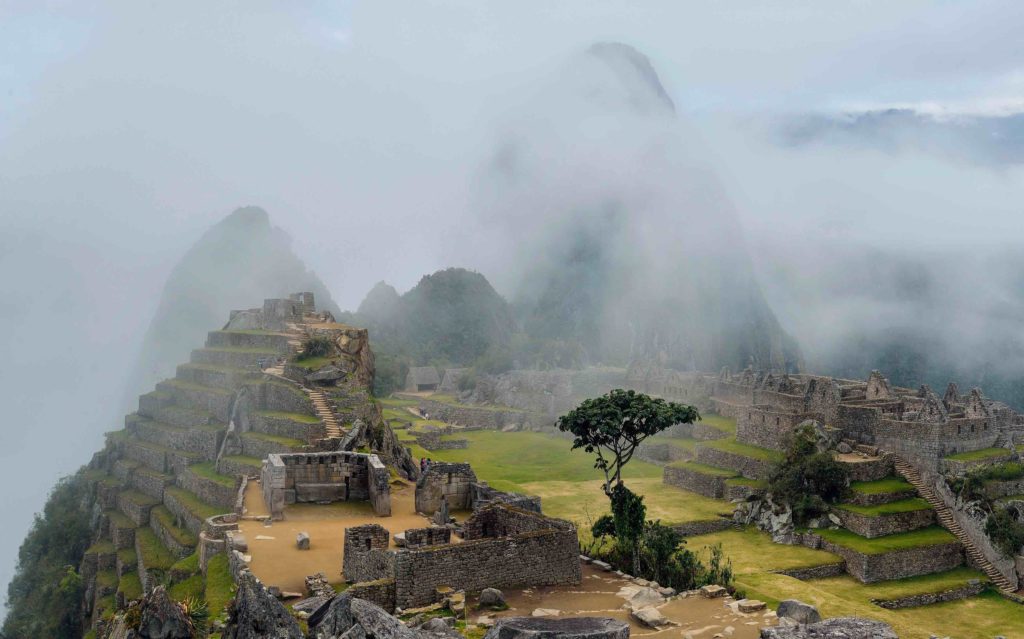
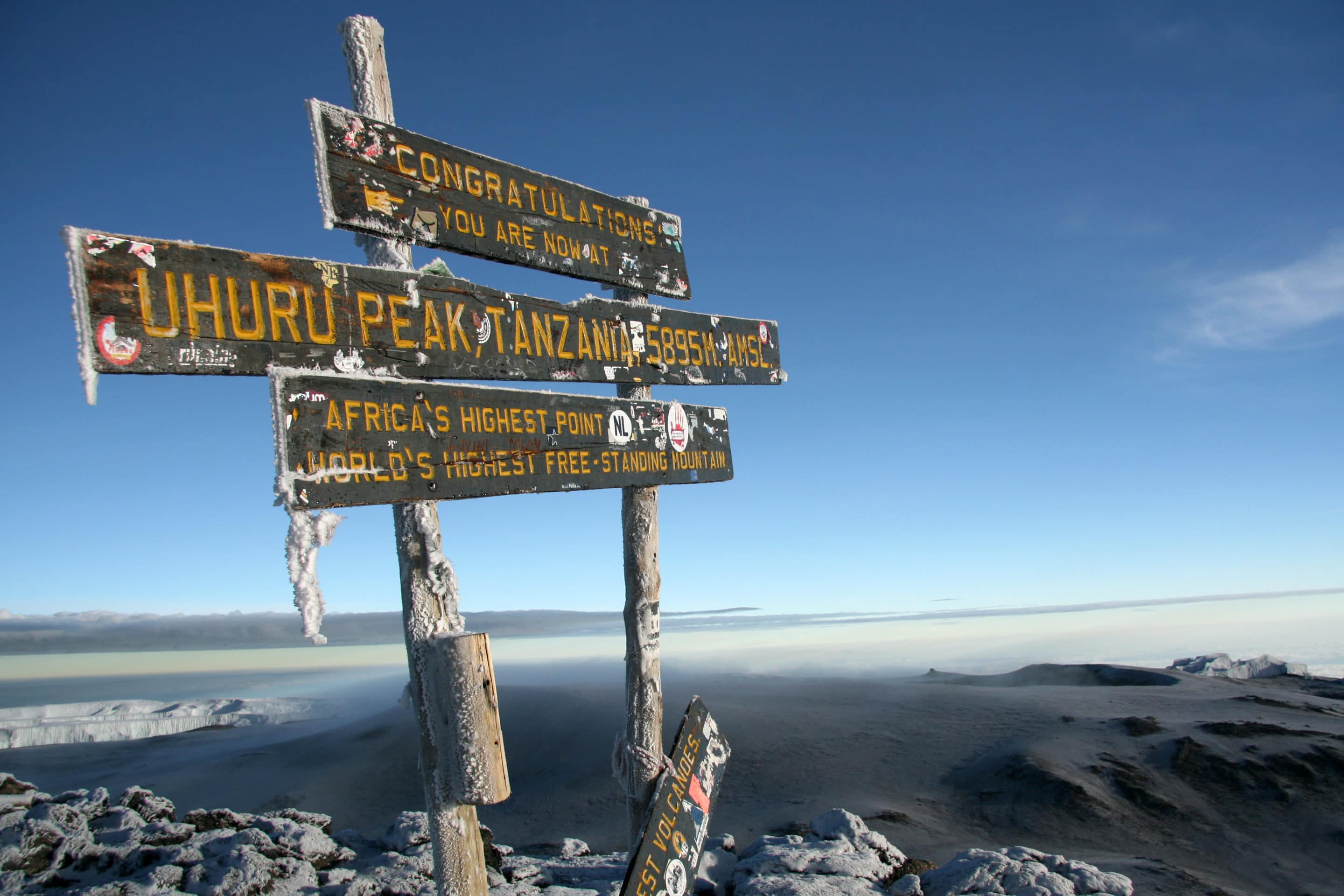
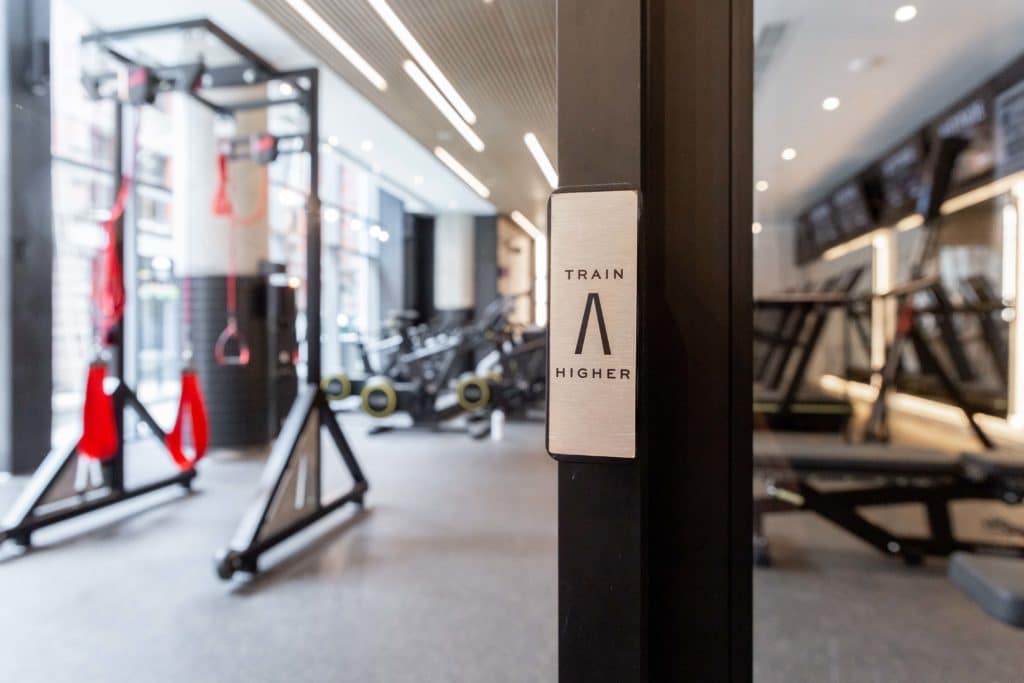
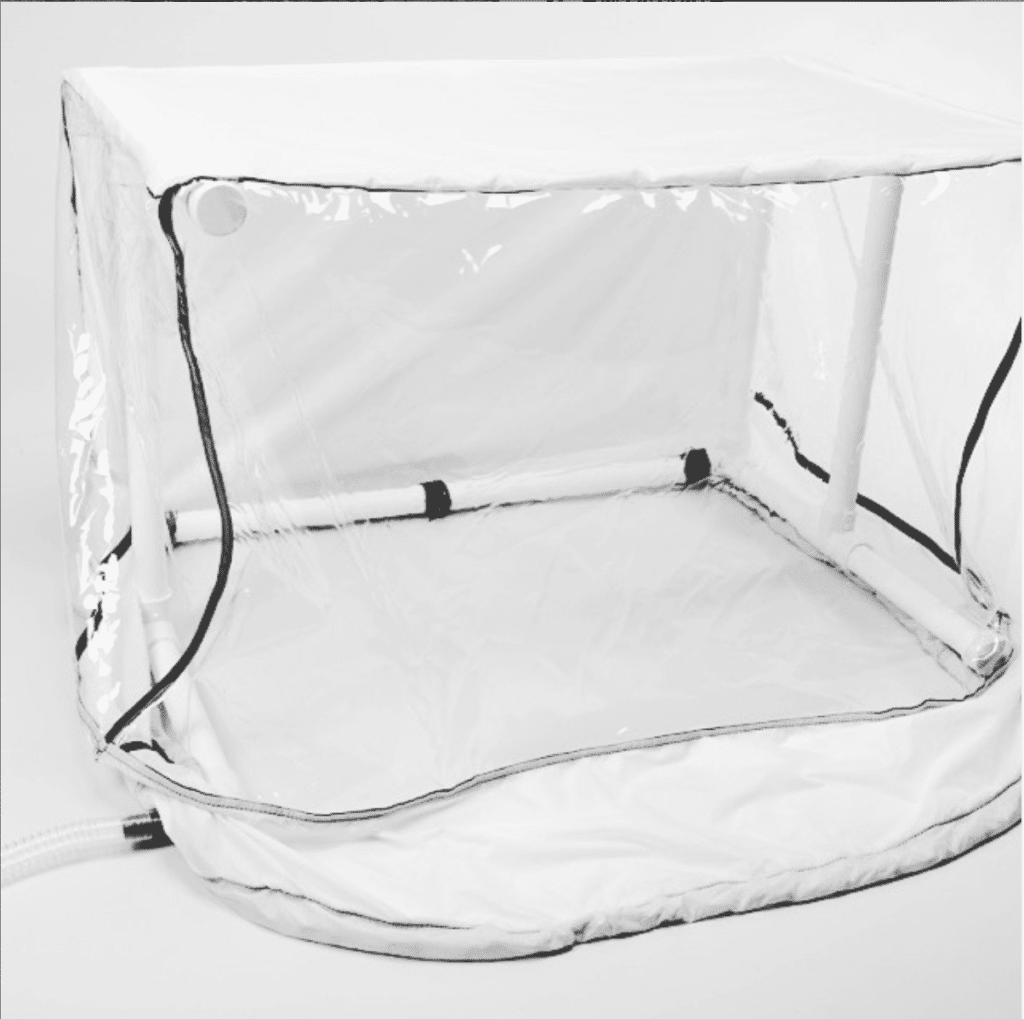
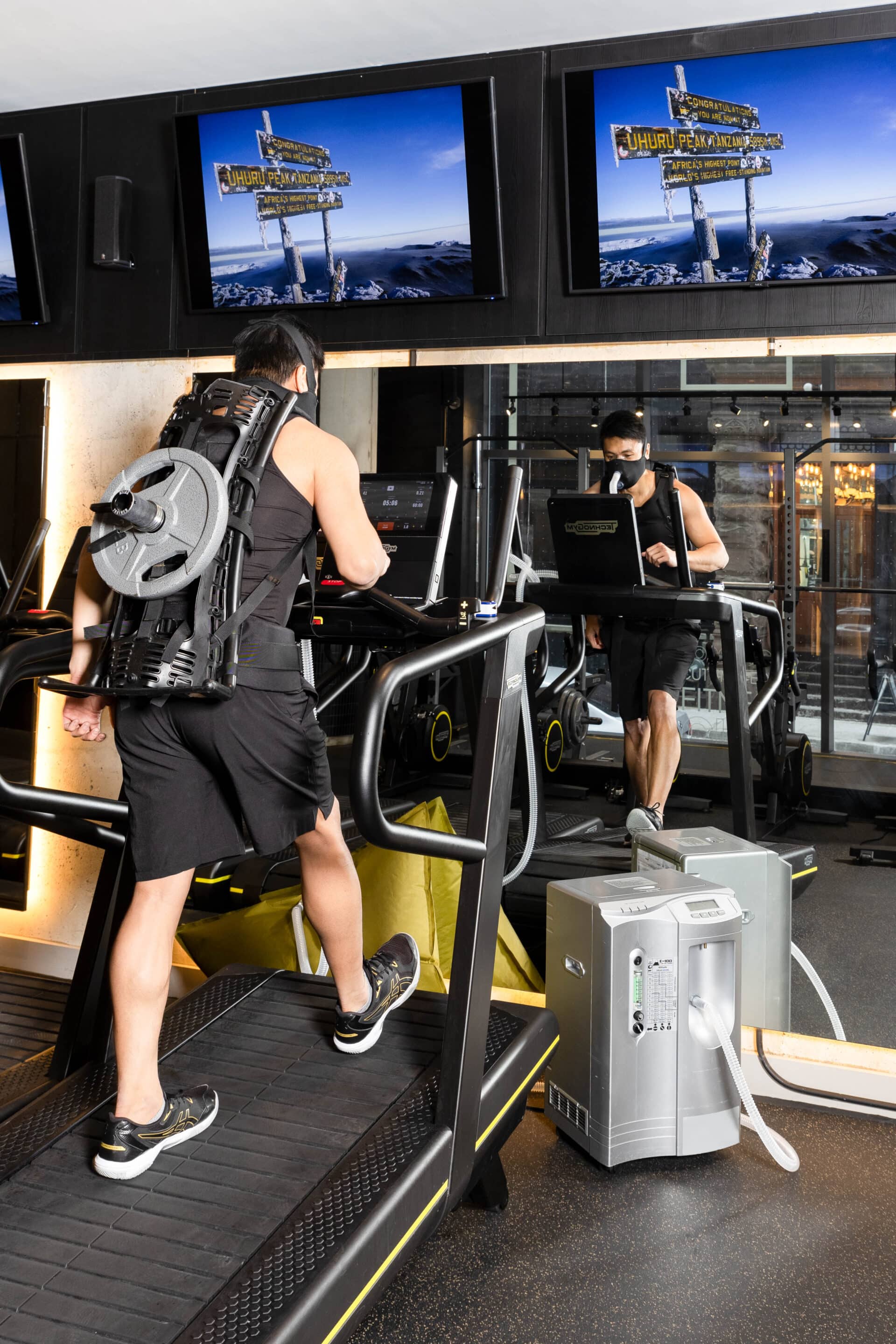

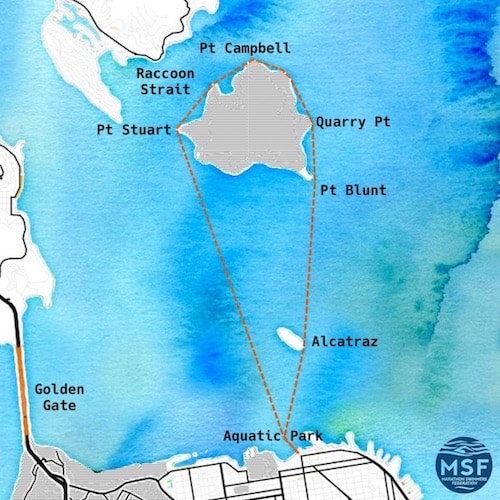




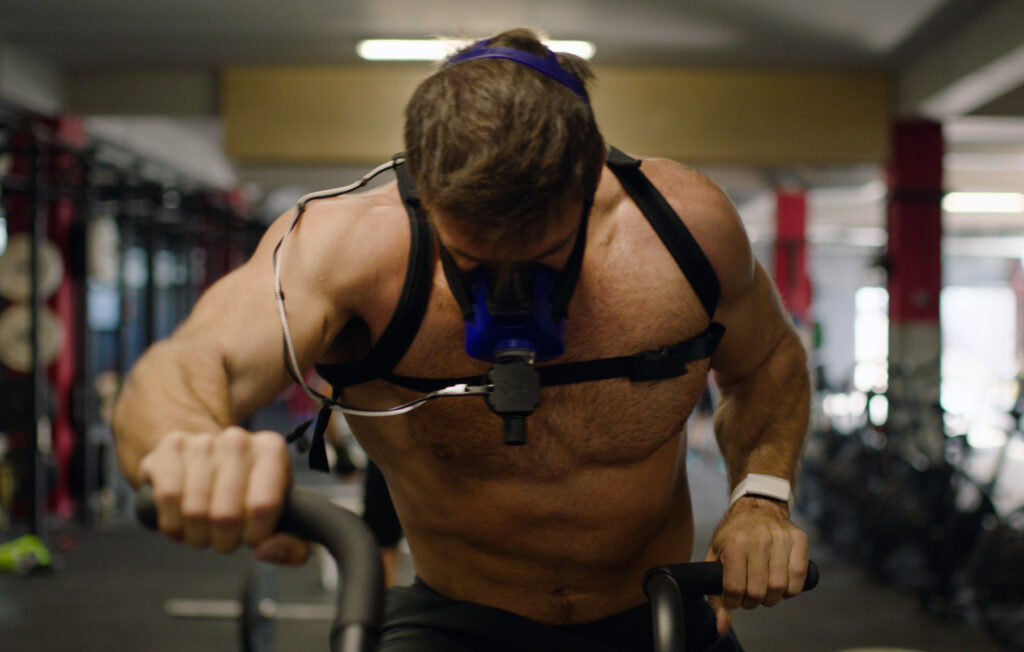 2. Why do I care about Metabolic Testing?
2. Why do I care about Metabolic Testing?